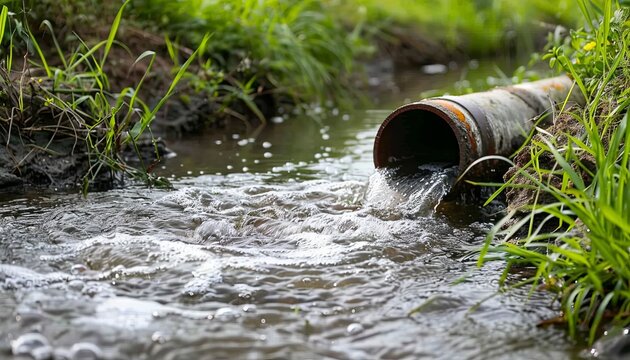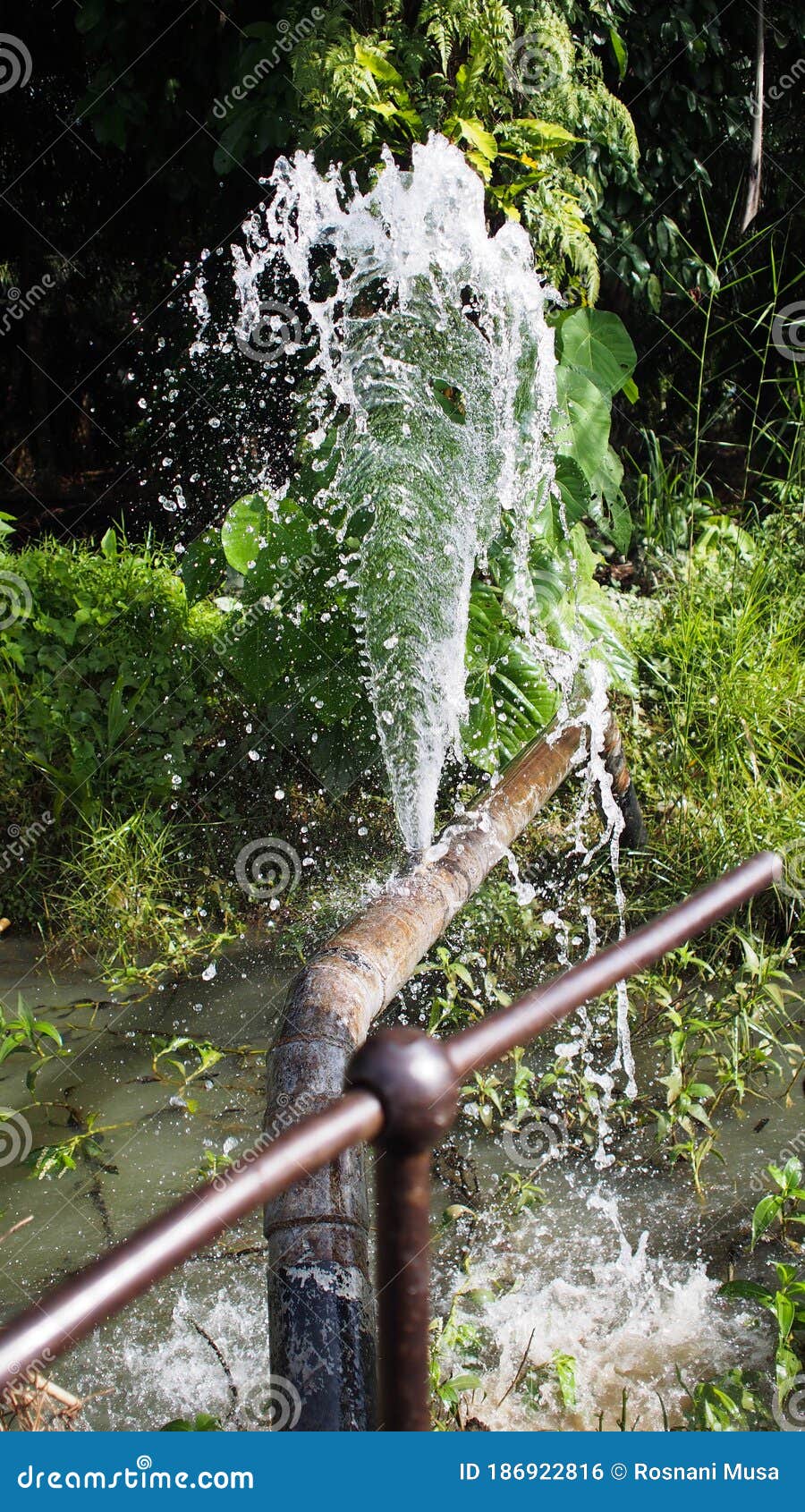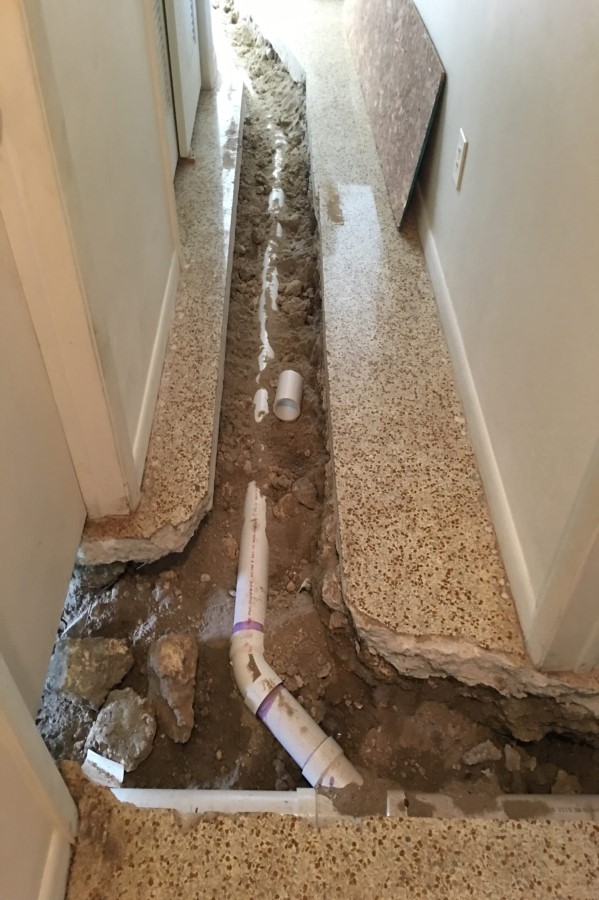Preventing a Burst Pipe: Tips for Protecting Your Plumbing During Winter
Preventing a Burst Pipe: Tips for Protecting Your Plumbing During Winter
Blog Article
Protecting Against Burst Pipeline: Necessary Tips to Shield Your Plumbing
Preventing burst pipelines is a critical concern for property owners, particularly during colder months when the danger of cold is heightened. Carrying out critical measures such as appropriate insulation, regular examinations, and maintaining constant interior temperature levels can dramatically decrease the possibility of pipeline failing.
Understand Pipeline Vulnerabilities
Recognizing pipeline susceptabilities is essential for effective plumbing maintenance and avoiding expensive damages. A number of aspects add to the sensitivity of pipelines to ruptureds, consisting of product structure, age, and ecological conditions. Older pipes, especially those made from galvanized steel or polybutylene, typically break down with time, bring about raised threat of ruptures and leaks.
Temperature level variations can likewise substantially effect pipe integrity. In cooler environments, water caught in pipes can ice up, exerting and increasing stress on the pipe walls, which might eventually cause a burst. High water stress can stress pipelines, specifically at bends and joints, heightening the likelihood of failing.

Insulate Water Lines Appropriately
Proper insulation of pipes is vital for preventing freezing and subsequent bursts during winter (burst pipe). Shielding your pipes system effectively safeguards against temperature drops that can result in costly damage. Begin by determining prone areas where pipes are subjected to outside temperatures, such as basements, attics, and exterior wall surfaces
Use foam pipe insulation sleeves or cover insulation tape around these locations to give a safety obstacle. Make certain that all areas of the pipes, especially those with restricted heat exposure, receive adequate insulation. Pay unique focus to joints and installations, as these are a lot more prone to freezing.
When protecting, it's necessary to select materials that meet neighborhood building ordinance and are proper for the particular environment. For example, fiberglass insulation is usually advised for its thermal resistance buildings - burst pipe. Additionally, take into consideration utilizing warm cable televisions or tape in severe conditions, which can be connected in to supply additional warmth
On a regular basis examine shielded pipes for any kind of indications of wear or damages, as jeopardized insulation can diminish its efficiency. By taking these proactive procedures, you considerably lower the risk of pipeline bursts, making sure a reputable pipes system throughout the cold weather.
Maintain Consistent Temperature Level
A steady interior temperature is crucial for stopping burst pipelines throughout the icy months. When temperature levels decrease, water within pipelines can ice up, expanding and developing stress that may inevitably cause the pipelines to ruptured.Using a programmable thermostat can aid manage indoor temperature levels efficiently, making certain that rooms with pipes continue to be warm even when the house is vacant.
Additionally, it is prudent to enable taps to drip somewhat throughout severe cold snaps. This minor flow of water can protect against freezing by minimizing stress within the pipelines. Throughout specifically severe weather events, think about briefly suspending any type of nighttime obstacles on your thermostat to preserve a consistent warm setting. By carrying out these techniques, property owners can significantly lower the danger of pipeline bursts and protect their have a peek at these guys pipes systems versus the severe winter months elements.
Regularly Examine Pipes
Routine inspections of pipes systems are important for preventing ruptured pipelines and preserving general home integrity. Regular checks allow homeowners to recognize potential issues before they escalate into expensive repair work or major water damages. During these assessments, it is necessary to take a look at noticeable pipes for signs of deterioration, leaks, or wear. Pay special interest to areas susceptible to cold, such as cellars, attic rooms, and exterior walls.
Furthermore, examining connections and joints is important, as these points are typically vulnerable to leaks. Homeowners ought to additionally analyze water pressure degrees, as too much stress can stress the pipes system and enhance the threat of pipe bursts.
Take into consideration scheduling professional plumbing examinations at least when a year, especially before winter, to guarantee your system is prepared for cooler temperature levels. By being proactive in your approach, you can protect your home against the disruptive and costly consequences of ruptured pipelines.
Know Emergency Procedures
Understanding emergency treatments is vital for every house owner, particularly after performing normal plumbing evaluations. Being prepared for a pipes emergency situation can considerably reduce damages and save costs.
Following, keep vital devices helpful. A plumbing emergency situation set should include a wrench, plunger, and towels, in addition to a flashlight and a container for tiny leaks. Furthermore, take into consideration having the get in touch with details for a trusted plumbing readily offered, should the circumstance intensify past your control.
If you identify a leak or burst pipe, promptly switch off the water supply and alert your plumbing professional. Furthermore, record the damages with photos for insurance purposes. burst pipe. Be aware of the indicators of potential pipes problems, such as uncommon water pressure changes or damp areas on walls
Eventually, positive expertise and speedy activity are critical in handling pipes emergency situations, ensuring your home stays protected and reducing possible damages.

Verdict
In verdict, preventing ruptured pipes necessitates a complex method that consists of understanding pipe vulnerabilities, correct insulation, keeping consistent interior temperature levels, routine inspections, and understanding of emergency situation treatments. By implementing these necessary strategies, the Visit This Link threat of pipes failures can be dramatically lowered, consequently making certain the long life and effectiveness of the pipes system. Proactive steps not just safeguard against possible damages but also contribute to total water preservation and the security of residential or commercial property.
In cooler environments, water entraped in pipes can freeze, increasing and exerting pressure on the pipeline wall surfaces, which might eventually lead to a burst. When temperatures decrease, water within pipelines can freeze, expanding other and producing pressure that might eventually create the pipes to ruptured. By applying these approaches, homeowners can considerably decrease the threat of pipeline ruptureds and secure their pipes systems against the severe winter aspects.

Report this page